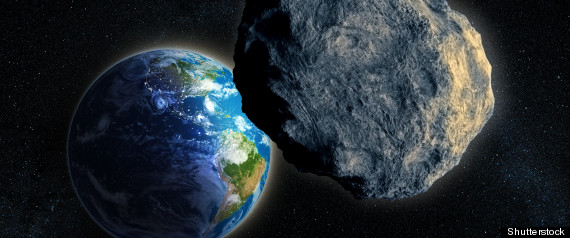A lower-middle-class American ponders the things others might do with his money.
Friday, June 22, 2012
Reason #220: Small Sky
On my vacation last month, I saw an IMAX movie called Space Junk, the subject of which should be clear. It dealt briefly with something called Big Sky Theory - the notion that three-dimensional space is so vast that collisions between flying objects are so unlikely as to be unworthy of our concern.
Needless to say, after fifty years of shooting random crap into orbit, and that crap slamming into other crap and generating even more crap, the area around the Earth is actually filling up with collision risks pretty quickly.
But meanwhile, the idea that the space has less, well, space in it than traditionally thought does have upsides. For one, NASA is about ninety-five percent of the way toward identifying, tracking, and cataloguing all nearby asteroids; or at least all the ones big enough to potentially threaten humanity were they to ever cross our path. Perhaps more significantly, according to this article, the notion of an asteroid ending life on Earth is becoming so unlikely that we may soon see the end of asteroid disaster movies.
Even smaller aasteroids pose a threat, of course, and the smaller they get the more there are to find and keep track of, but Lindley Johnson of NASA's Near Earth Object Observation Program (which categorically refuses to call itself NEOOP) goes so far as to say that in twenty or thirty years we'll have mapped every space rock big enough to damage even an area the size of, say, Kansas. And by that time, even if one does happen to be coming toward us, we'll have enough advance warning to allow for a whole suite of deflection and/or destruction options.
But in the meantime, if someone could get on that asteroid-destroys-Kansas movie, I'd really appreciate it.
UPDATE: now private enterprise is getting in on the game, too.
Labels:
government,
science,
space,
taxes
Subscribe to:
Post Comments (Atom)

No comments:
Post a Comment